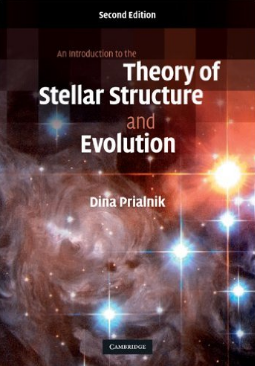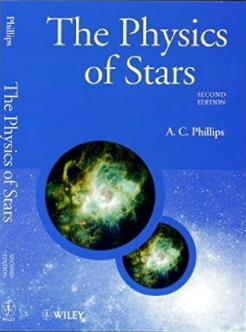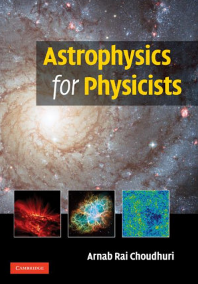ASTR 117B: Astrophysics II, Spring 2017
Time: Tuesday, Thursday, 1:30 - 2:45 PM
Location: SCI 319
Office Hours: Tuesday, Thursday 3:00 - 4:00 PM, or by appointment
Supplemental URL: http://info.sjsu.edu/web-dbgen/catalog/courses/ASTR117B.html
Textbooks: 'The Physics of Stars', A.C. Phillips (Amazon)
'Introduction to the theory of Stellar Structure and Evolution'
Prialnik (Amazon)
'Astrophysics for Physicists' (MLK Library e-book)
Description:
This course covers a selection of topics in modern astronomy. This course counts for 3 units, and is open to College of Science or Engineering Majors only. Prerequisites are passing PHYS 52 and MATH 31 with a C- or better.
This semester, the course will primarily focus on the physics and chemistry of the interstellar medium, star formation, and the physics of stellar structure and evolution. Students will apply their math and physics background toward solving a range of astrophysical problems that will prepare students for further study in this field. Over the course of the semester, students will also complete a project that connects the topics covered in this class to areas of current observational astronomical research, and will present the results of this project at the end of the class.
Course Goals and Learning Outcomes:
Upon successful completion of this course, students will be able to:
- Describe how the complex processes by which stars are born from interstellar gas, evolve through different forms, and ultimately end their lives can be understood using basic physics concepts.
- List key methods that astronomers use in order to study distant objects that cannot be manipulated, to probe the hidden interiors of stars, and to determine how stars evolve, despite the extremely prolonged timescales on which this occurs.
- Identify the equations and information needed to solve a range of astrophysics-related problems, and solve these problems either individually or in groups, and both with and without the aid of resources such as textbooks and the internet.
- Conduct independent research using textbooks, online resources, and specialized astronomy tools to build a deeper understanding of a topic by organizing and prioritizing information from multiple sources, and presenting an interpretation of this information to an audience of peers.
The course syllabus is available below in both .pdf and .docx formats


